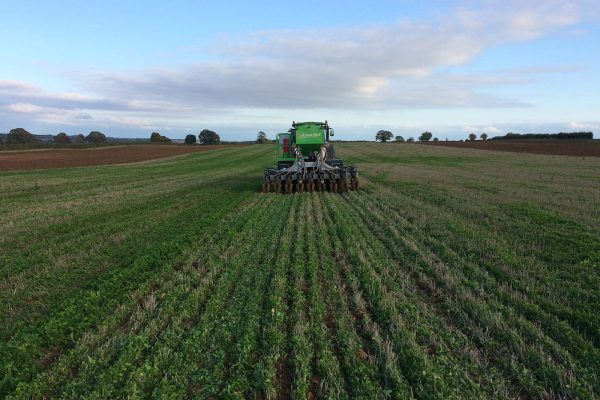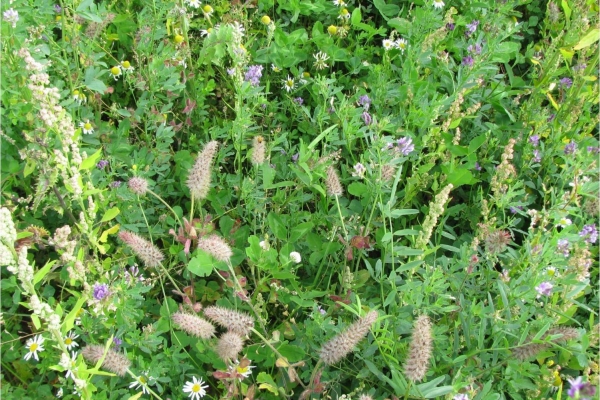Practical experiences implementing living mulches in arable and horticultural farming systems
Resource explained
The Organic Research Centre have been running the Living Mulches project for the past three years to trial integrating white clover as a perennial cover crop into a cash crop rotation through direct drilling. In this webinar, updates on the project were presented with a review of 2023’s soil health data from the living mulch (LM) trials at Green Acres farm. Matt England from Fring Estate in Norfolk (arable), and David Newman from Bucksum @ Shabbington Field Farm in Buckinghamshire (horticulture) shared their experiences of integrating LM into their farming systems. The webinar ended with an interesting discussion drawing on experiences from other practitioners ‘in the room.’
Findings & recommendations
- Higher earthworm and soil microbial activity in LM but fewer carabid beetles.
- Good results from smaller-leaved Rivendale white clover.
- Clear benefits from undersown clover in following crops. Soil biology benefits under LM.
- LM establish better in wetter summers.
- Grazing LM before drilling the crop works well. Later sowing, once the clover has stopped growing (10C soil temperature) is advised.
- Soil in better condition going into winter in LM fields
- David drills LM in 4 lines either side of the veg that they are going to sow or plant. White clove ‘Aber Ace’ forms a low mat and is easier to manage than other white clovers or trefoil.
- Shallow-rooted crops (celeriac, leeks and celery) don’t work so well, whereas brassicas, squash, sweetcorn, carrots and parsnips have all been successful.
- LM makes the beds more stable and it is less messy and easier to walk around.
- Timing, and spacing is important to match the LM with the crop. “With carrots, we lead with the clover. When it comes up, I use a garden flame weeder with guards between the clover rows, and then go back in and sow the carrots. That worked very well.”
Highlights from Green Acres Farm
Highlights from Fring Farm
Highlights from Bucksum
To find out more, watch the video!









